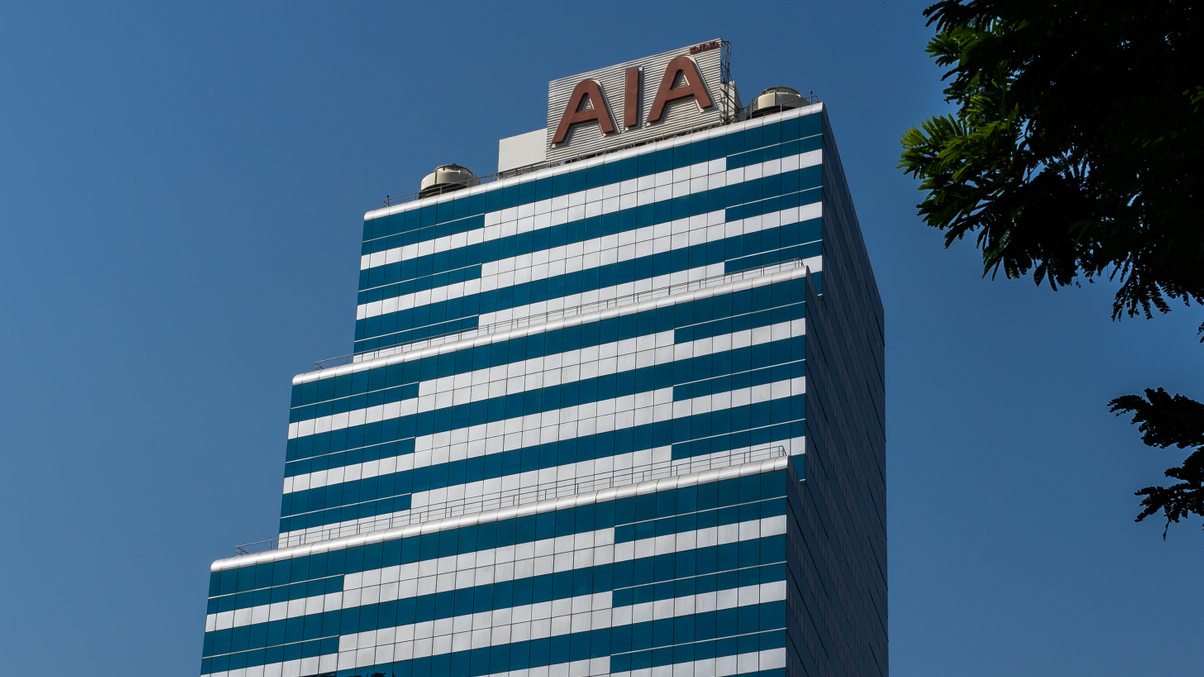AIA Thailand adds voice to RBC2 concerns
The CIO of the Thai insurer joins the chorus of concern about how the second phase of the risk-based capital regime might affect investments.

A growing chorus of Thai insurers are bracing for the impact of a tougher risk-based capital framework but as long as bond yields stay low it is unlikely to significantly dampen demand for risk assets such as listed company shares, thinks one leading player.
Sign In to Your Account
Access Exclusive AsianInvestor Content!
Please sign in to your subscription to unlock full access to our premium AI resources.
Free Registration & 7-Day Trial
Register now to enjoy a 7-day free trial—no registration fees required. Click the link to get started.
Note: This free trial is a one-time offer.
¬ Haymarket Media Limited. All rights reserved.


